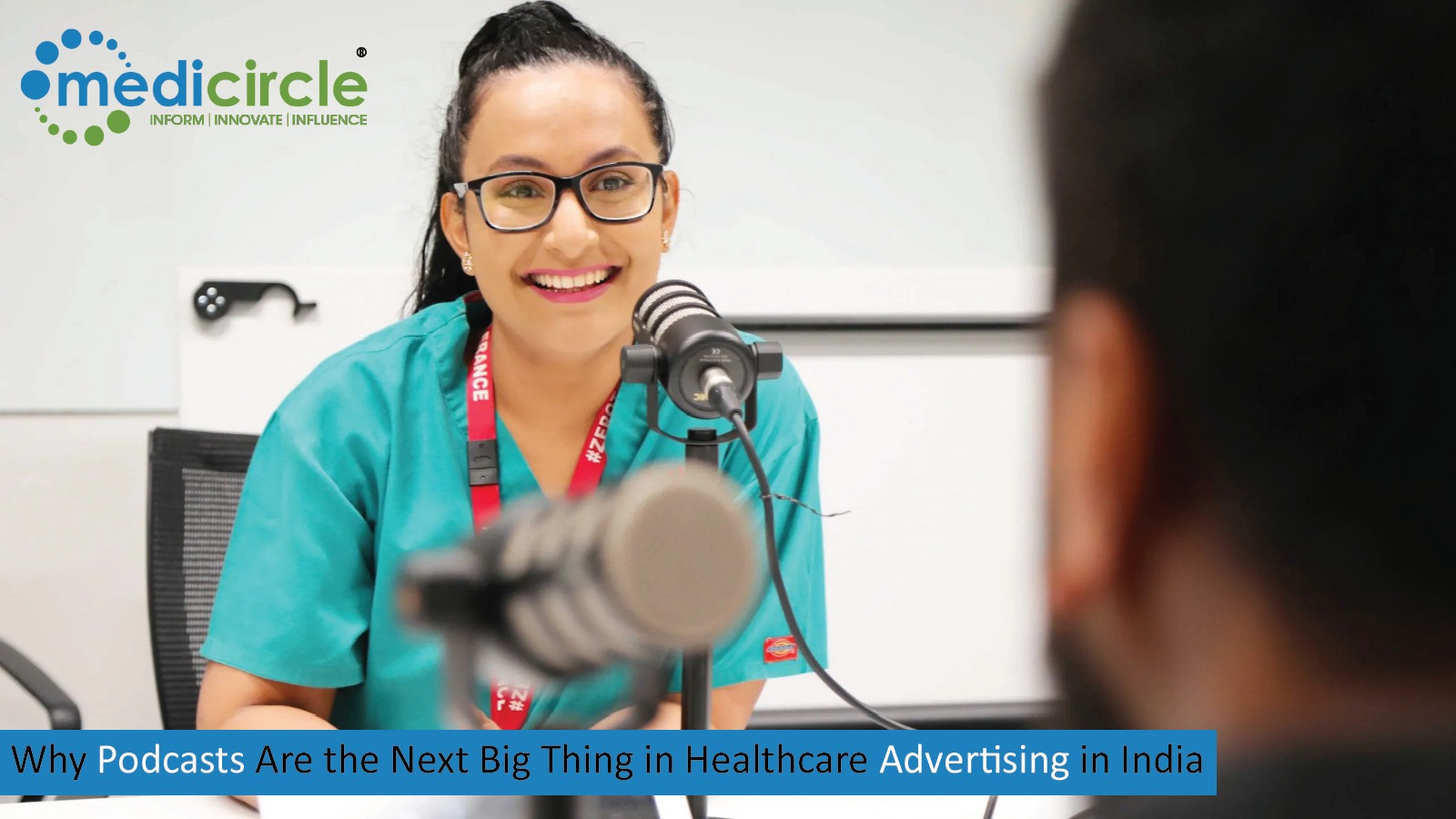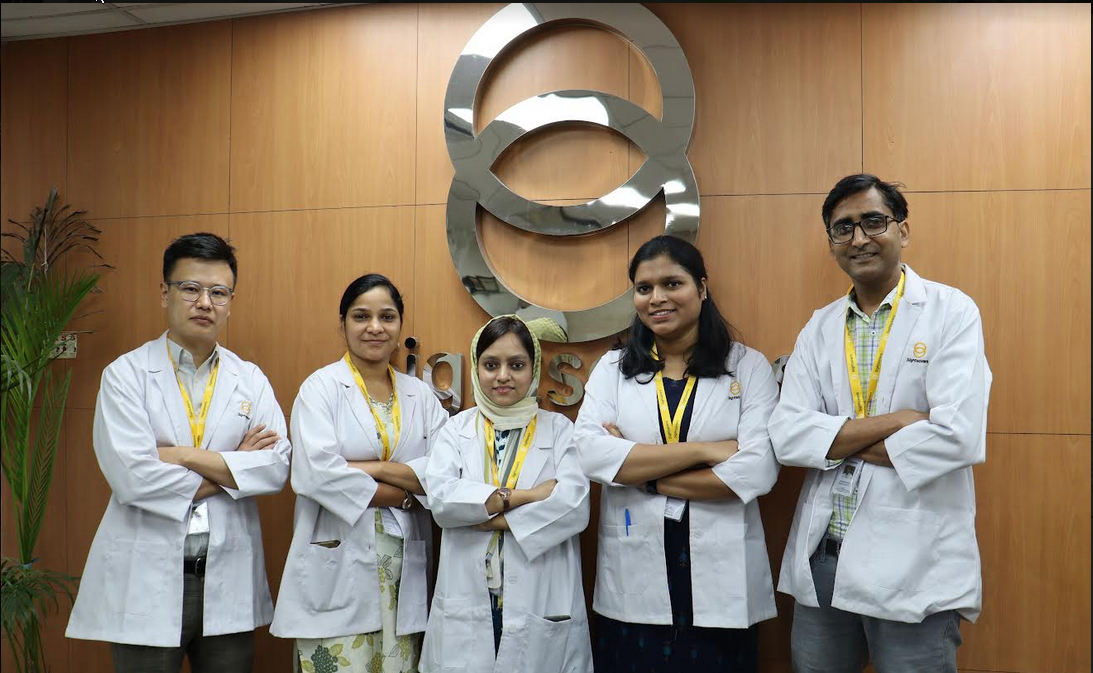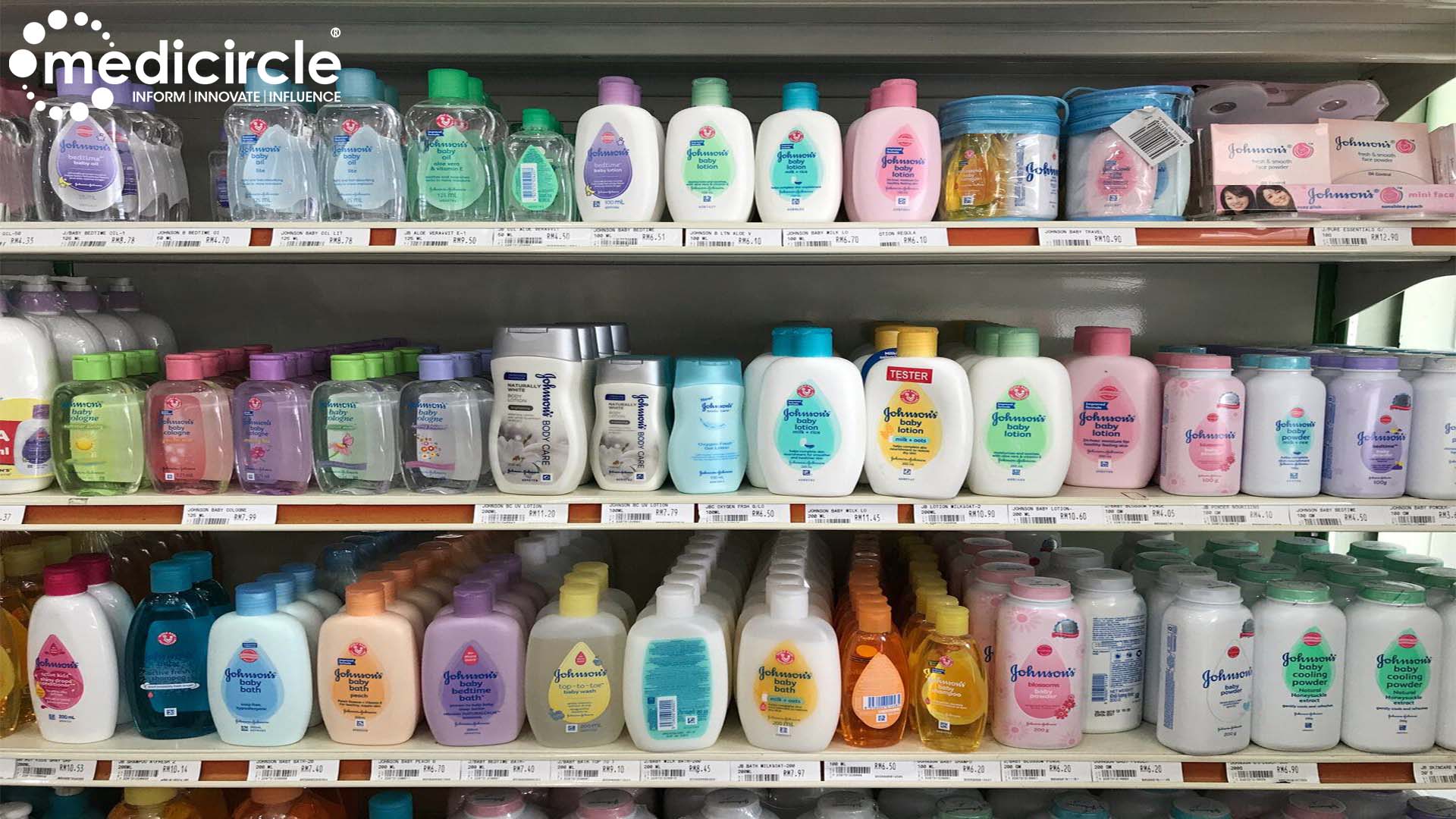Age-related macular degeneration (AMD) is a progressive eye condition that affects millions of people worldwide, particularly those aged 50 and older. It is a leading cause of vision loss in older adults. AMD primarily impacts the macula, a small area near the center of the retina responsible for sharp, central vision necessary for activities like reading, driving, and recognizing faces. As the macula deteriorates, it can lead to significant vision impairment and, in severe cases, blindness.
Types of AMD:
There are two main types of AMD: dry AMD and wet AMD.
- Dry AMD: Dry AMD is the more common form, accounting for about 90% of AMD cases. It occurs when the macula thins and breaks down over time, leading to gradual central vision loss. Tiny yellow deposits called drusen may accumulate in the macula, interfering with its function.
- Wet AMD: Wet AMD is less common but more severe. It involves the growth of abnormal blood vessels beneath the macula, which can leak blood and fluid, causing rapid and severe vision loss if left untreated.
Risk Factors for AMD:
Several factors can increase the risk of developing AMD, including:
- Age: The risk of AMD increases with age, especially after 50.
- Family History: Having a family history of AMD can elevate the risk.
- Smoking: Smoking is a significant risk factor for AMD and can speed up its progression.
- Obesity: Being overweight or obese increases the likelihood of developing AMD.
- Race: Caucasians are more likely to develop AMD compared to other racial groups.
- Sun Exposure: Prolonged exposure to ultraviolet (UV) light may contribute to the development of AMD.
The Importance of Nutrition:
While there is no cure for AMD, certain lifestyle factors, including nutrition, can play a crucial role in reducing the risk of developing the condition and slowing its progression. A growing body of research suggests that consuming a diet rich in specific nutrients can help protect the eyes and maintain healthy vision. Some key nutrients that have been linked to eye health include:
- 1. Antioxidants: Antioxidants such as vitamins C and E, zinc, and beta-carotene can help neutralize harmful free radicals in the eyes and reduce oxidative stress, which is implicated in AMD development.
- Lutein and Zeaxanthin: These carotenoids are found in high concentrations in the macula and are believed to help filter harmful blue light and protect against oxidative damage.
- Omega-3 Fatty Acids: Found in fatty fish like salmon, mackerel, and sardines, omega-3 fatty acids have anti-inflammatory properties that may benefit eye health and reduce the risk of AMD progression.
- 4. Vitamin D: Some studies suggest that maintaining adequate levels of vitamin D may be associated with a reduced risk of AMD.
- Green Leafy Vegetables: Foods like spinach, kale, and collard greens are rich in lutein and zeaxanthin, as well as other vitamins and minerals essential for eye health.
Age-related macular degeneration is a prevalent and potentially devastating eye condition that primarily affects older adults. While certain risk factors like age and genetics cannot be modified, adopting a healthy lifestyle, including a nutritious diet rich in antioxidants, vitamins, and minerals, can help support eye health and reduce the risk of AMD development and progression. Consulting with an eye care professional and a registered dietitian can provide personalized recommendations for optimizing nutrition and maintaining healthy vision throughout life.

 Age-related macular degeneration is a prevalent and potentially devastating eye condition that primarily affects older adults
Age-related macular degeneration is a prevalent and potentially devastating eye condition that primarily affects older adults


















.jpg)















